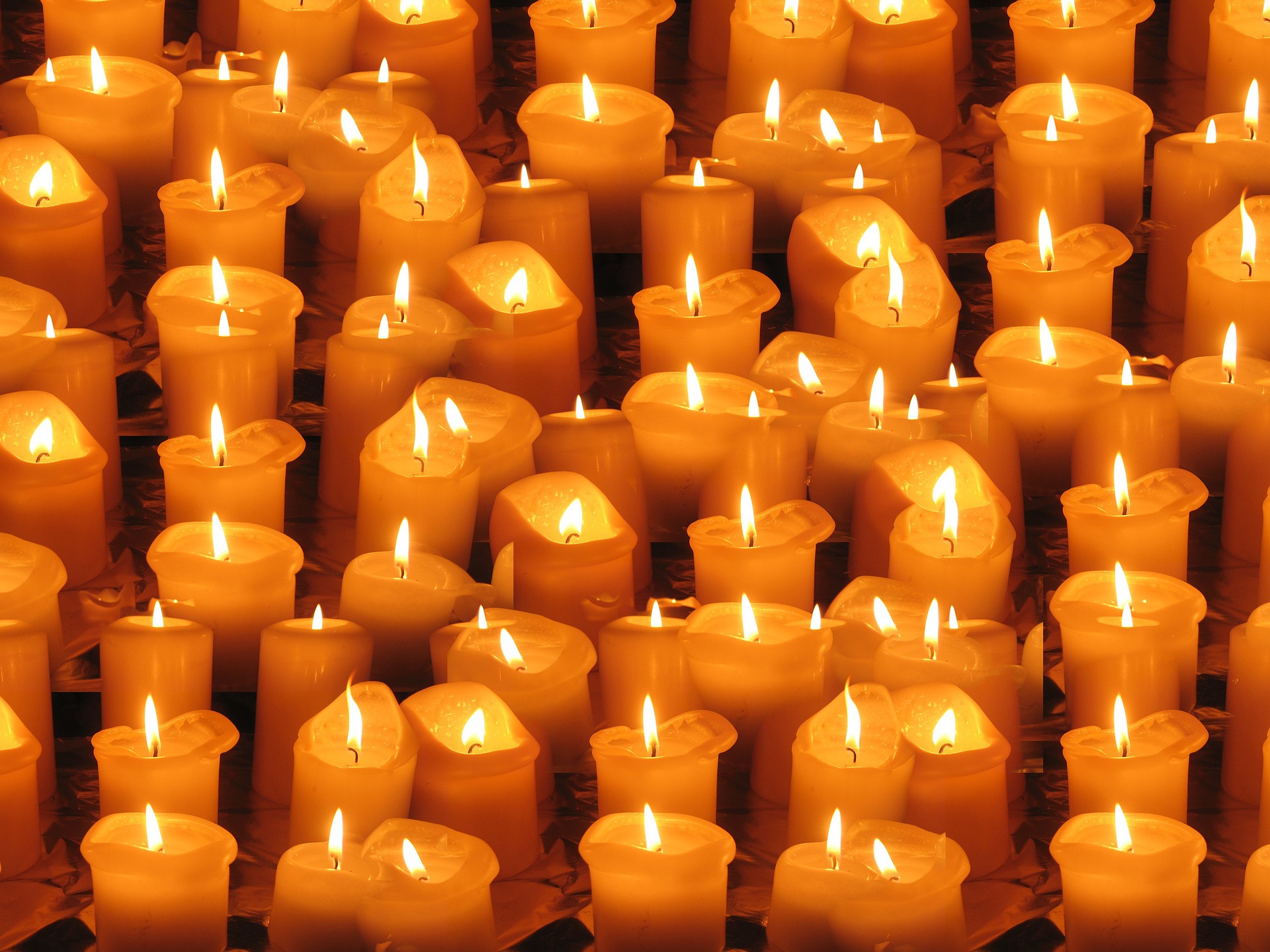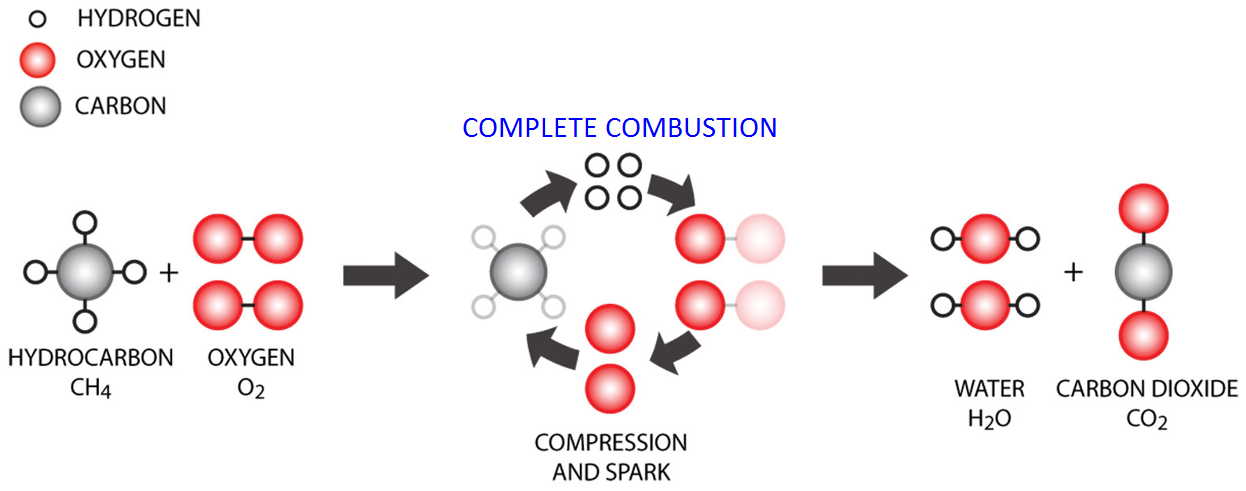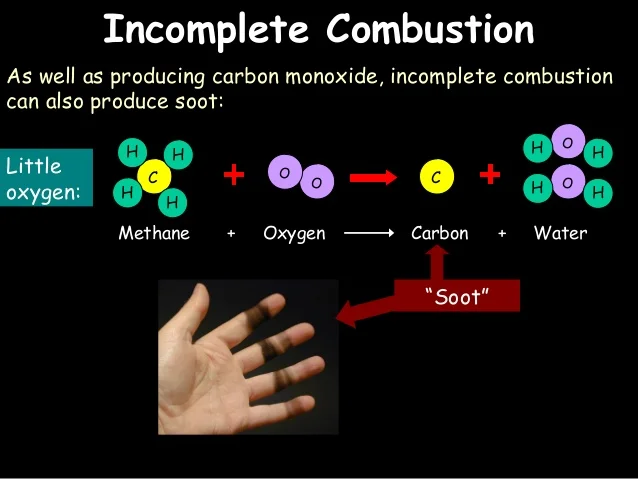Home > Sections > The Atmosphere > Fuels & Burning
Last Updated: 14th June 2023
ARCHIVED ITEM: this page is no longer updated.
Fuels & Burning
Keywords
Fuel, burning, hydrogen, oxygen, carbon, hydrocarbons, complete combustion, incomplete combustion, carbon monoxide.
Introduction
We know that fuels can provide many things - energy transfer, heat, cooling even. But how do they work, and what do we use to create these things we need?
Hydrocarbons as Fuels
A hydrocarbon is a product of crude oil. This is what is mined under the North Sea (as well as other places) and processed using various techniques to create a by-product.
Hydrocarbons are good fuels, as they allow for the release of a lot of energy when they burn. When we use hydrocarbons, they burn because they react with oxygen. This reaction with oxygen oxidises carbon, as well as hydrogen and creates carbon dioxide and water, respectively.
The word equation for complete combustion is:
hydrocarbon + oxygen => carbon dioxide + water
Interesting fact: complete combustion is a purely exotehermic reaction, where the result is the production of heat.
What About Incomplete Combustion?
Incomplete combustion is where there is not enough oxygen to form a complete combustion. In the instance of carbon dioxide, this will create carbon monoxide instead. This is highly dangerous, as it is undetectable to the human eye, and doesn't smell.
A prolonged period of time inhaling carbon monoxide can result in fatality.
Here is a YouTube video from Cognito on Combustion:
When carbon doesn't fully combust it also creates soot. When you light a fire in the fireplace, what happens? You get some fancy lighting in the form of flames. Inside these flames is the soot. It rises up through the chimney and settles on the sides. The carbon particles in the flame glow bright yellow.
Incomplete combustion can be severely problematic for humans if ingested. Carbon monoxide binds with the haemoglobin in our red blood cells, which reduces the capacity of blood to carry oxygen. This would be like smoking cigarettes, which has an affect on the lungs.
Global Dimming
This is the process whereby when we use fossil fuels, they create a by-product. These are greenhouse gases, pollutants, soot and ash. They also have an effect on how clouds are formed.
We know that clouds are formed by the condensing of water droplets taken from evaporation, and are seeded by air-borne particles such as pollen. The clouds that form with polluted air result in a larger number of droplets in clouds, which makes them more reflective.
In turn, this then reflects more hear away from the sun when it hits our atmosphere. In theory, if all clouds were formed with some form of pollutant, our planet could become very cold, as the heat and energy from the Sun would not reach us.




 Global Warming & Climate Change
Global Warming & Climate Change Greenhouse Gases
Greenhouse Gases


